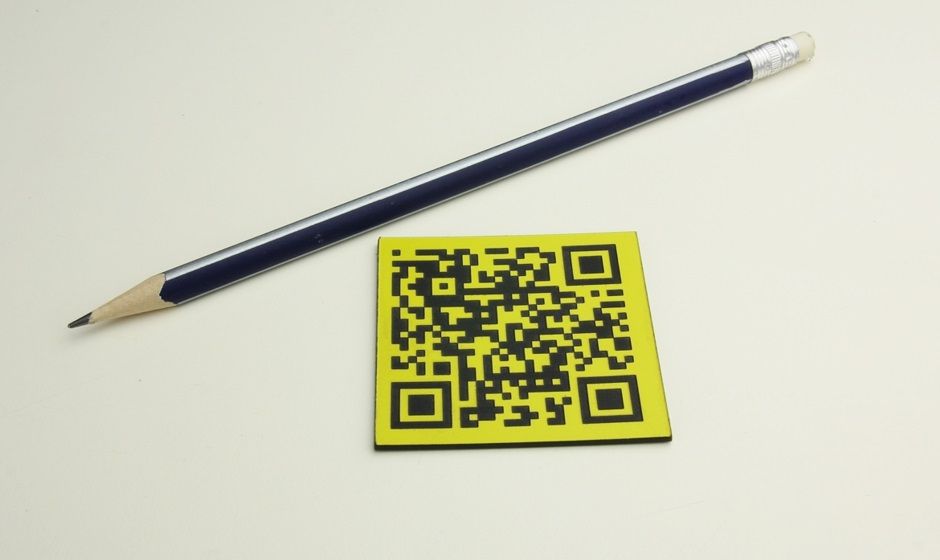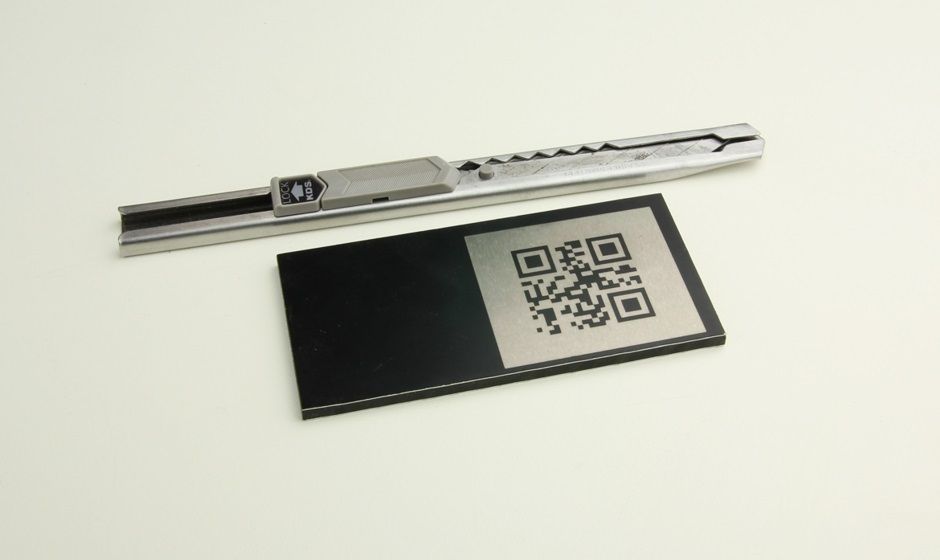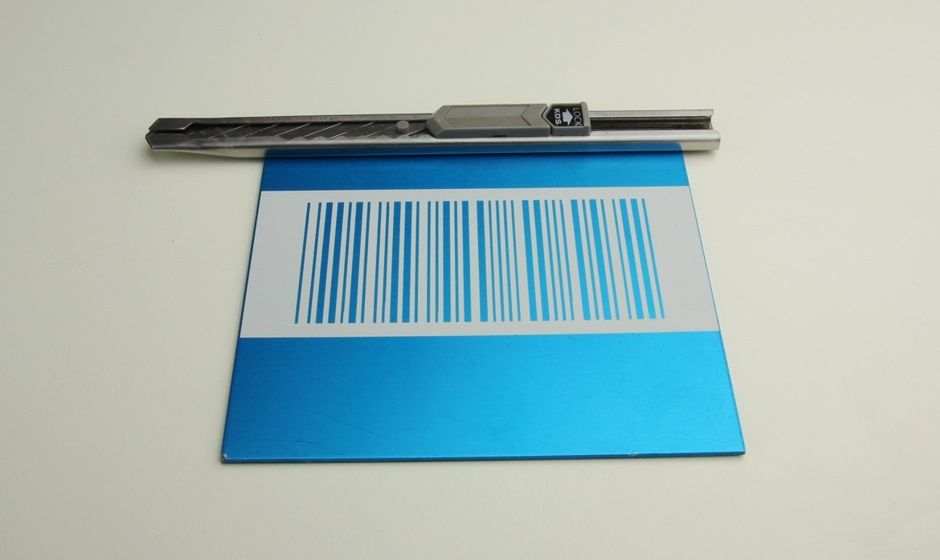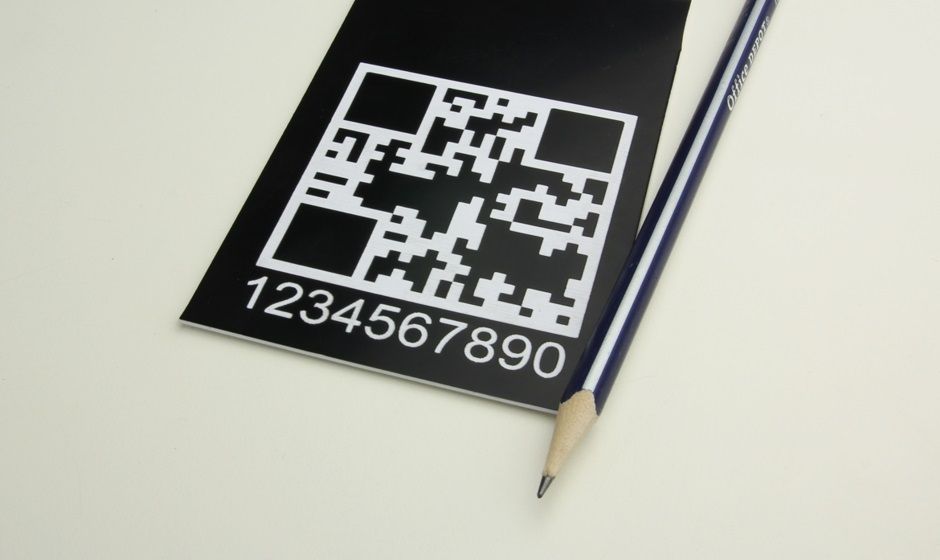Laser marking of Barcodes and QR Codes
What is a Barcode number?
Barcode number is a type of markup (code lines) used for labeling, cataloging and quick scanning of products or raw materials. Barcode printing is done in an exposed area on the product / part of which can be read with an optical scanner at a reasonable distance. The method was developed to enable rapid detection in locations where identification time is a critical component, such as automated production / sorting lines, where robots usually perform the scanning process during the production process without slowing it down.
The quick identification of the item streamlines the work in cases where multiple identification calls must be made, such as warehouses, retail stores, and multi-item businesses.
The code is translated from a string number or letters (alphanumeric characters) into complex graphics from with different thicknesses (according to a fixed definition). Separating the lines from the background, usually black and white, allows the code to be read by optical scanner into a computer interface. After reading the code it is translated back into the character string or number represented by the barcode.

Laser marking of a QR CODE on a double-layer ABS polymer
The barcode was developed by IBM in 1971 and is based on a standard that defines the code decoding method. Common types of barcodes: code128, code39, EAN standard, UPC standard, and more.
Another code, commonly used in recent years, is the QR code - Quick Response Code. The QR is a square code in which textual information is coded in a graphic form. The code can contain up to 4296 characters (alpha-numeric). The QR barcode was invented in 1994 in Japan as a code for quick decoding of industry items by scanners robots.
The graphic structure of the code is familiar to us mainly through the use of smart phones, where the barcode can be photographed on the phone camera and decoded using software installed on the phone.

Laser marking of a barcode on an aluminum label
Common Uses of Barcode?
Barcode labels are known to us mainly from the retail world, where the products are quickly identified by a manual or fixed optical scanner installed at the checkout post. The computerized system in the store contains the relevant information about the products, with each product attached to a different catalog number, represented by the printing of a suitable barcode. Personnel, shorten waiting times for customers and significantly improve business performance, which can handle more buyers at a given time.

Laser engraving of barcode on anodized aluminum plate
Laser Marking of barcode based on a text file
We can quickly and accurately produce barcode labels based on a text file containing the customer's list of values, and the list can contain numbers and / or letters and assigns a catalog number to each product, in which case the customer sending a text file containing the list of values and barcode properties: the type of code, the dimensions of the representative graphic, the material on which the barcode should be marked, etc.
What are the advantages of Laser marking technology?
Laser marking of barcode has many advantages that make it the most suitable method for marking:
- Mark numbers and alphanumeric characters from a simple text file that contains the list of values.
- marking on hard materials such as metals - durability over time in harsh industrial environment.
- Maximum resolution at high resolution - Ensures quick and accurate reading at the scan stage.
- High repetition - maintaining a uniform standard.
- No paint / no sticker - UV resistance, moisture resistance, no peeling.

Laser engraving of a BARCODE on a double-layer ABS polymer
